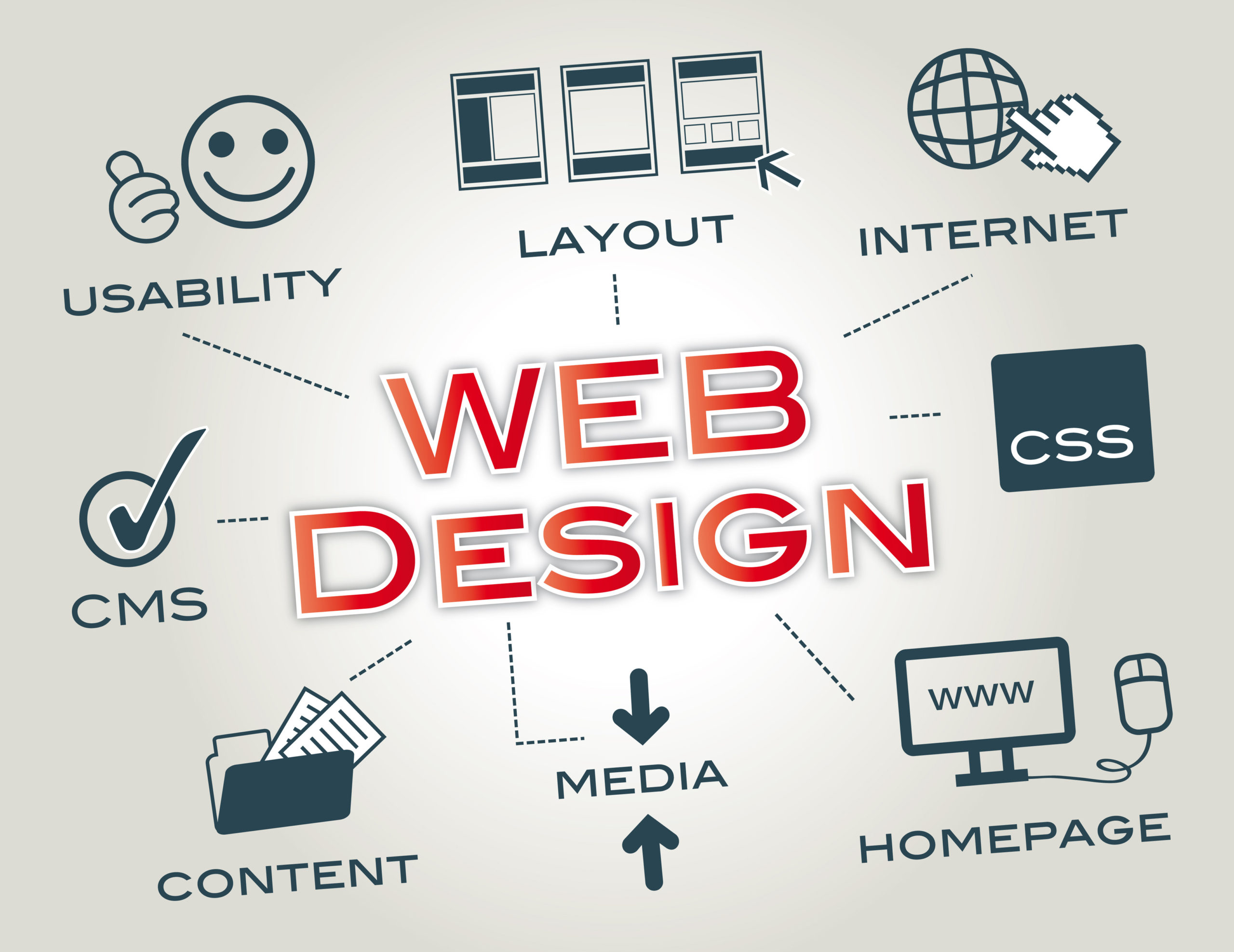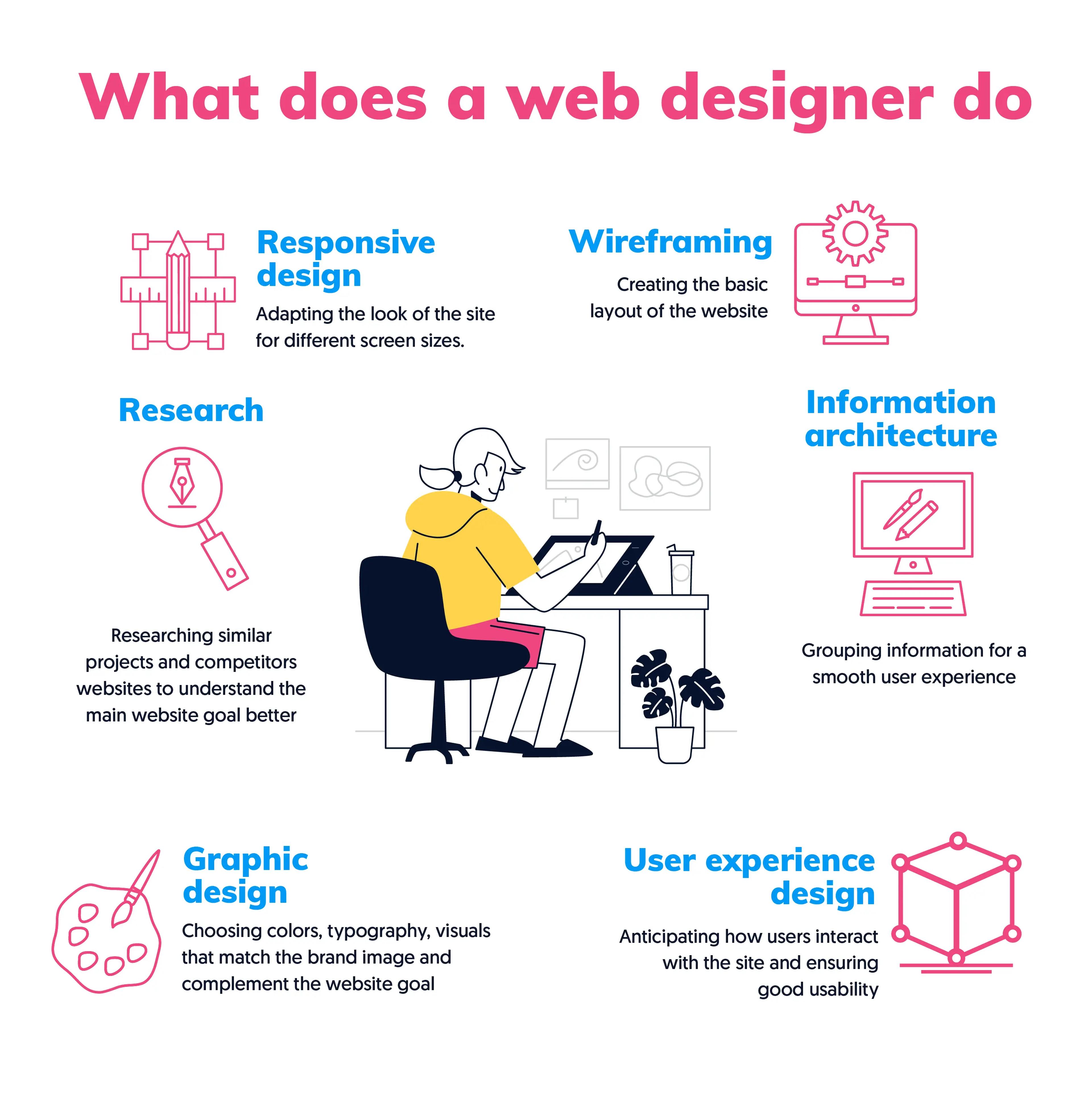Website Design London Ontario Built with WordPress and Plugins
Exactly How to Properly Incorporate Appearances and Performance in Internet Layout
When making an internet site, you need to strike a balance in between looks and performance. It's not almost looking good; your layout must also serve a function and guide users properly. By concentrating on simpleness and instinctive navigating, you can produce an interesting experience. Yet what components truly enhance usability while preserving visual charm? Allow's explore the crucial concepts that can lead to a harmonious mix of appeal and function.
Understanding the Relevance of Appearances and Performance
Understanding the equilibrium between looks and capability is vital for creating an effective individual experience when you create a web site. A visually attractive site grabs attention, yet it's the capability that maintains customers engaged. Visitors will rapidly lose passion and leave.Consider your target audience and what attracts them in if your website looks wonderful but is difficult to navigate. You want to produce a style that reflects your brand while making sure simplicity of usage. Structured formats, user-friendly navigation, and clear contact us to activity can enhance both appearances and performance.

Concepts of Effective Website Design
To create an efficient website design, you require to stick to a number of essential concepts that improve both customer experience and aesthetic allure. Prioritize simpleness; a tidy layout helps users browse easily. Use a consistent color plan and typography to keep coherence throughout your site. This promotes knowledge and trust.Next, assure your design is responsive. Users accessibility sites on different devices, so your layout must adjust flawlessly. Take notice of aesthetic pecking order; highlight essential aspects with placement, color, or size to direct customers' focus.Finally, incorporate sufficient white space. It avoids clutter and makes content much more absorbable. Keep in mind, effective web style balances aesthetic appeals and capability, so every style option should offer a function. By complying with these principles, you'll create a site that's not just aesthetically enticing but also straightforward, ultimately maintaining site visitors involved and urging them to return.
Prioritizing Individual Experience
When focusing on individual experience, you'll desire to begin by understanding what your individuals absolutely require. Streamlining navigation layout can make a substantial distinction in exactly how easily they find what they're looking for. Likewise, boosting aesthetic pecking order assists direct their interest to the most vital components on your website.
Comprehending Individual Demands
Understanding user demands is important for creating an engaging web experience that maintains visitors returning. To achieve this, you have to determine the objectives and preferences of your target market. Beginning by carrying out individual study, like surveys or interviews, to collect insights on what users value most. Take note of their discomfort points and difficulties when interacting with comparable internet sites. This information enables you to tailor your design, making certain capability straightens with customer expectations. Additionally, consider creating customer characters that stand for different sections of your audience, helping you visualize their requirements throughout the layout procedure. When you focus on understanding user demands, you develop an internet site that not just looks great yet likewise delivers a seamless, pleasurable experience that cultivates loyalty.
Simplifying Navigation Design

Enhancing Aesthetic Pecking Order
A solid visual hierarchy is essential in guiding users with your website and ensuring they involve with key material. To achieve this, make use of dimension, spacing, and color purposefully. Make crucial components like headings bigger and bolder than body message, attracting focus promptly. Make use of contrasting colors to highlight calls to activity, encouraging clicks. Additionally, use enough white room to different areas, making content absorbable and inviting.Consider the flow of info; arrange components realistically, leading customers' eyes from one factor to the following. Use visual cues, like arrowheads or lines, to route focus. By prioritizing aesthetic hierarchy, you improve customer experience and boost the likelihood of conversions, ensuring your internet site is both cosmetically pleasing and functionally efficient.
Shade Concept and Its Influence On Usability
While picking the ideal shades for your web site may appear like a small detail, it considerably influences functionality and individual experience. Color impacts how individuals perceive info and can boost or prevent navigation. Contrasting shades can help vital aspects stand out, making it easier for site visitors to find what they need.Additionally, take into consideration the psychology of shades: blue often inspires trust, while red develops seriousness. Recognizing your target market can assist your shade options, ensuring they reverberate well.Moreover, constant color pattern help develop brand name identification, making your internet site a lot more remarkable. Be careful-- as well many colors can overwhelm users. Adhere to a limited scheme that enhances your material and keeps clarity.Incorporating access is also essential; verify your color mixes are friendly for those with aesthetic impairments. By thoughtfully using color theory, you'll enhance functionality and create a more appealing user experience.
Typography: Balancing Design and Readability
Color options set the phase for your internet site, yet typography plays a just as vital duty in boosting customer experience. You desire your message to connect clearly while also showing your brand's character. Start by choosing font styles that are not only attractive however additionally legible. Sans-serif fonts commonly work well for electronic displays, as they're simpler to review at numerous sizes.Maintain a hierarchy by using various font dimensions and weights; this overviews individuals via your content effortlessly. Think about line spacing and letter spacing; also limited can discourage visitors, while also loose can interfere with the flow. Limitation your font style selections to two or three to keep the layout cohesive.Finally, always check your typography across various tools and web browsers. What looks good on one screen may not on one more. Balancing design with readability warranties that your message reverberates, maintaining your audience engaged and notified.
Receptive Layout: Making Visual Appeals Service All Tools
To assure your website looks terrific on any gadget, you'll need to accept responsive design concepts. This method assurances your site adapts to different screen dimensions, offering an ideal user experience. Start by utilizing fluid grids and adaptable photos that scale flawlessly. Rather than taken care of measurements, go with percents and relative units, permitting your format to readjust dynamically.Next, apply media inquiries in your CSS. These allow you apply different styles based on gadget qualities, like display width. In this manner, you can preserve visual allure while assuring functionality.Don' t forget touch targets; make particular buttons and links are very easy to touch on smaller screens. Focus on important web content, so individuals can conveniently browse your site no matter their gadget. By concentrating on these aspects, you'll create an appealing, visually appealing experience that fulfills the needs of all users, whether they're on a tablet computer, smart device, or desktop .
Carrying Out Functionality Screening for Continuous Enhancement
To improve your website design, you need to set clear use goals that straighten with customer needs. By conducting user examinations, you can gather valuable responses on just how real people engage with your site. Evaluating these outcomes will help you make educated renovations go to this site and develop an extra efficient individual experience.
Defining Usability Goals
While aesthetic appeals can draw users in, specifying use objectives is necessary for ensuring their experience stays seamless and gratifying. Start by recognizing what you want users to accomplish on your website (website design london Ontario). Consider their behaviors, needs, and jobs. Are they trying to find info, making an acquisition, or enrolling in a newsletter? Establish clear benchmarks to determine success, like task conclusion rates or time on job. Prioritize instinctive navigating, available material, and receptive design to boost usability. Frequently revisit these goals as individual expectations progress. By specifying functionality goals, you create a framework for evaluating and enhancing your website's performance. This emphasis on functionality not just improves user fulfillment but additionally reinforces the total performance of your design
Performing Individual Tests
Conducting user tests is necessary for improving your internet site and guaranteeing it meets your audience's requirements. Begin by you can try this out determining your target users and creating an examination plan that details your goals. Make use of a mix of qualitative and measurable methods, such as studies, interviews, and task-based monitorings, to collect complete responses. Welcome participants to browse your website while you observe their interactions and keep in mind any type of difficulties they come across. Encourage open discussion to record their ideas and sensations concerning the style and functionality. Maintain sessions brief and concentrated, guaranteeing you cover crucial locations without frustrating customers. Lastly, make sure to record all findings, as this details will certainly be indispensable for making educated style choices that boost both visual appeals and usability.
Assessing Examination Outcomes
How can you properly evaluate the outcomes of your functionality tests to drive constant renovation? Beginning by classifying responses into usual themes. Try to find patterns in user behavior that highlight pain points or areas for enhancement. Usage quantitative information, like task conclusion rates and time on task, to determine functionality objectively. Don't forget to take into consideration qualitative insights from user remarks; they frequently disclose underlying problems that numbers can not show. Prioritize one of the most impactful findings and create actionable products for your style group. Keep in mind, it's regarding iterating-- execute adjustments, after that examination again. This cycle of testing, evaluating, and refining assists you equilibrium aesthetic appeals and performance, guaranteeing your site meets customer needs effectively while maintaining visual allure.
Regularly Asked Inquiries
Exactly how Do I Pick the Right Shade Combination for My Site?
To select the best color combination for your internet site, consider your brand name's personality, target audience, and emotional influence (website design london Ontario). Usage color psychology, create consistency, and assurance readability. Test mixes to see what reverberates finest with site visitors
What Devices Can Help With Internet Design Appearances and Performance?
You can make use of tools like Adobe XD, Figma, and Sketch to boost your website design's aesthetic appeals and performance. These platforms offer instinctive user interfaces, cooperation functions, and pre-made design templates to simplify your innovative process and improve your designs.
How Can I Include Animations Without Endangering Performance?
To incorporate computer animations without jeopardizing functionality, prioritize refined results that boost individual experience. Usage CSS computer animations for smoother interactions, guarantee fast tons times, and examination on different gadgets to preserve efficiency while including visual appeal.
What Are Typical Mistakes to Stay Clear Of in Internet Layout Looks?
When developing, prevent messy formats, bad color selections, and irregular font styles. Don't forget mobile responsiveness, as it can alienate users. Confirm your style aligns with your brand, creating a seamless experience that involves visitors efficiently.
Just how Typically Should I Update My Web site's Style for Optimum Looks?
You need to update your web site's design every 1-2 years to stay on par with trends and preserve suitable appearances. Consistently restoring visuals assists involve site visitors and warranties your site stays straightforward and appealing. When you create a web site, comprehending the balance between aesthetics and performance is crucial for developing an efficient user experience. To develop a reliable internet design, you require to adhere to numerous crucial principles that enhance both individual experience and weblink visual charm. Customers accessibility internet sites on various gadgets, so your layout must adapt flawlessly. When focusing on individual experience, you'll desire to begin by comprehending what your customers genuinely require. Begin by carrying out user research study, like meetings or surveys, to collect understandings on what individuals worth most.